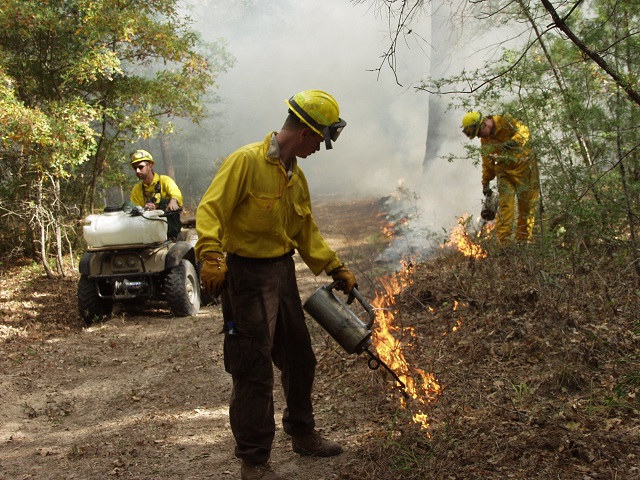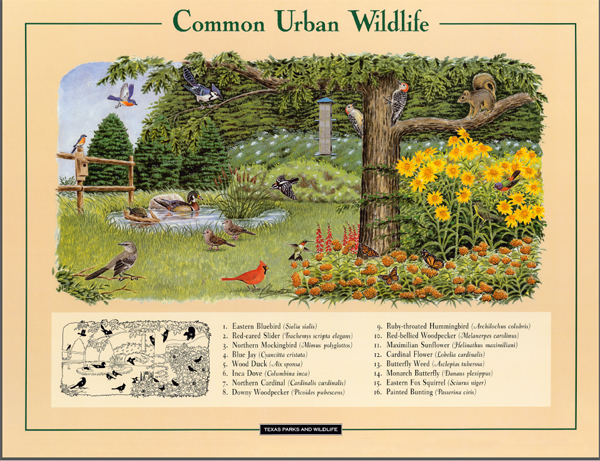Feel the (Prescribed) Burn
Monday, February 19th, 2018This is Passport to Texas
Man mimics nature when he uses fire as a land management tool. He does this with controlled burning, and with prescribed fire.
David Riskin, director of natural resources for state parks, says there is a difference between the two.
Controlled burning is a term that people use that you start at part A, and you burn until you get to part B. Professional land managers use the term prescribed fire because you have specific objectives, you have specific outcomes, you burn under very specific conditions. And so a prescription is a planning document… you lay everything out ahead of time and you then implement it with very specific objectives in mind.
Those objectives naturally have to do with land management, as well as a range of various objectives a landowner may hope to achieve.
There can be a whole series of objectives. From very simple things like fuel load reduction. You can have specific habitat objectives…to change the vegetation structure and composition to support waterfowl, or to support antelope, or lesser prairie chickens…or Houston toads for that matter.
Learn more about prescribed fire on the Texas Parks and Wildlife website.
The Wildlife Restoration Program supports our series.
For Texas Parks and Wildlife…I’m Cecilia Nasti




 Passport to Texas is a
Passport to Texas is a  Passport to Texas is made available by:
Passport to Texas is made available by: